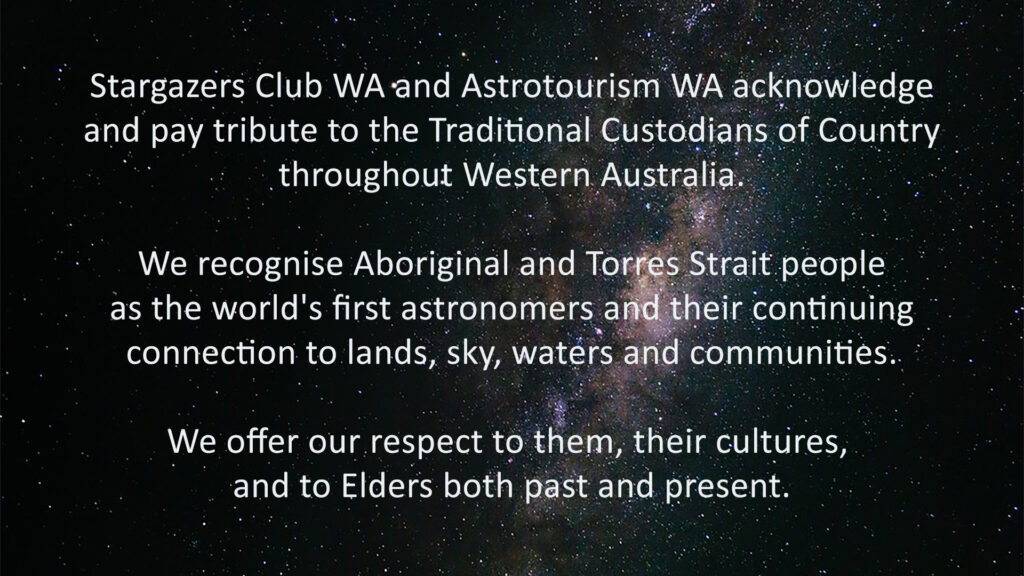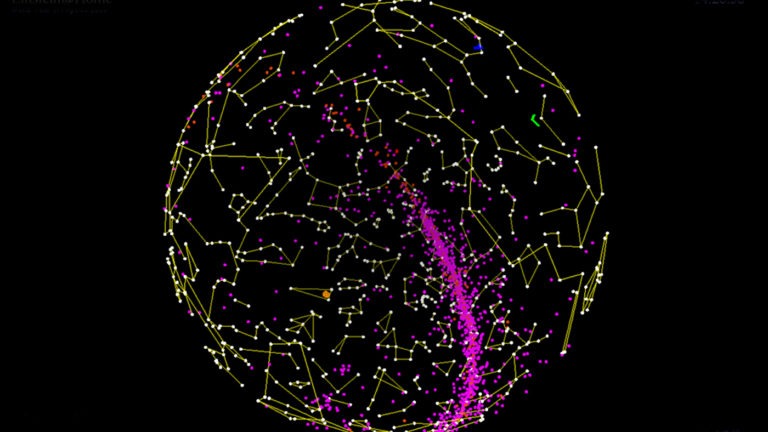With terms like opposition, conjunction, appulse, and occultation, it can feel like there's lots to learn when you're new to stargazing: but we've got your back.
Aside from a whole galaxy of gizmos, gadgets, and widgets you might want to use, the language of astronomy sometimes might feel intimidating. We’re taking this opportunity to explain appulses and occultations, clarify the differences between them, and most importantly highlight a few to see this month.

Image Credit: NASA Cassini Mission
Defining some astronomy terms
What is an occultation in astronomy?
In the simplest of explanations, an occultation is when one celestial object, like a planet, moon, or star, blocks your view of another.
You might be asking isn’t that the same thing as an eclipse? The quick answer is yes. When the Moon eclipses the Sun, essentially, that is
Occultations are technically slightly different to eclipses. With a Solar Eclipse, you see a shadow cast on Earth (called the path of totality), but because many occultations involve small, distant objects, you typically will see the star disappear for a short period before it reappears, rather than a gradual dimming.
Other than that? Yes, an eclipse is an occultation.

Are appulse and conjunction the same thing?
In astronomy, the words appulse and conjunction are sometimes used interchangeably to describe the same thing: a close approach of two celestial objects, like the Moon and a planet. But officially they do refer to different things.
Formally, an appulse is when two celestial objects appear closest to each other (called their least apparent distance). Compare that to a conjunction, which is where two or more celestial objects in the sky, when seen from Earth, appear to be in a line as seen from the Earth. This is described as them sharing the same right ascension as the Sun.
Unlike an appulse, the objects in a conjunction don’t need to appear to be near each other: though often they will.

June's occultations, appulses and conjunctions
Appulse (close approach) of the Moon and Mars – 1 June
After sunset on 1 June, look to the northern sky where the Moon and Mars will be passing close to each other in the constellation of Leo.
The pair will be visible to the naked eye or with a small pair of binoculars, until the Moon sets at 22.28, and Mars shortly after.
The Moon-Mars close approach will also be a conjunction, sharing the same right ascension, as the Moon passes 1°23′ to the north of Mars.

Lunar occultation of Spica – 6 June
On 6 June, the Moon will pass in front of the star Spica (Alpha Virginis) – a Lunar occultation.
Although this stellar event starts at 20:23 and continues until 00:35 the next morning, for skywatchers in Perth, the official line is the Moon won’t appear to actually cover Spica.
Technically, for WA astronomers, this is a very close approach (an appulse) rather than an occultation – but, for most of us, there won’t appear to be a great deal of difference.

Lunar occultation of Antares – 10 June
Antares (Alpha Scorpii) is the fifteenth brightest star in the sky, and the brightest in the Scorpius constellation, but in the early evening on 10 June, Antares will disappear behind the Moon.
This full occultation of the Antares starts at 17:39, with the star reappearing at 17:50. Astronomers should look to the eastern sky after sunset at 17:18.
The Moon will be at its fullest and brightest on 10 June, and will make it harder for naked-eye stargazers to see Antares disappear. We recommend binoculars or a small telescope for this event.

Conjunction of the Moon and Venus – 22 June
Early bird skywatchers should look for a conjunction of the Moon and Venus on 22 June.
The Moon and the Morning Star share the same right ascension before dawn in the north-western sky, after Venus rises at 03:45. This conjunction is great for naked-eye stargazers because the pair are too far apart to view with binoculars or a telescope.

Jay Chesters
Jay Chesters is a wordsmith with a little bit of a thing for the stars. As a cosmic storyteller with a love for astronomy and space that's out of this world, Jay’s always eager to share his knowledge and passions.
See the stars in astrotourism towns
Head to a dark sky town for some spectacular stargazing and an unforgettable astronomy experience in a welcoming local community.








